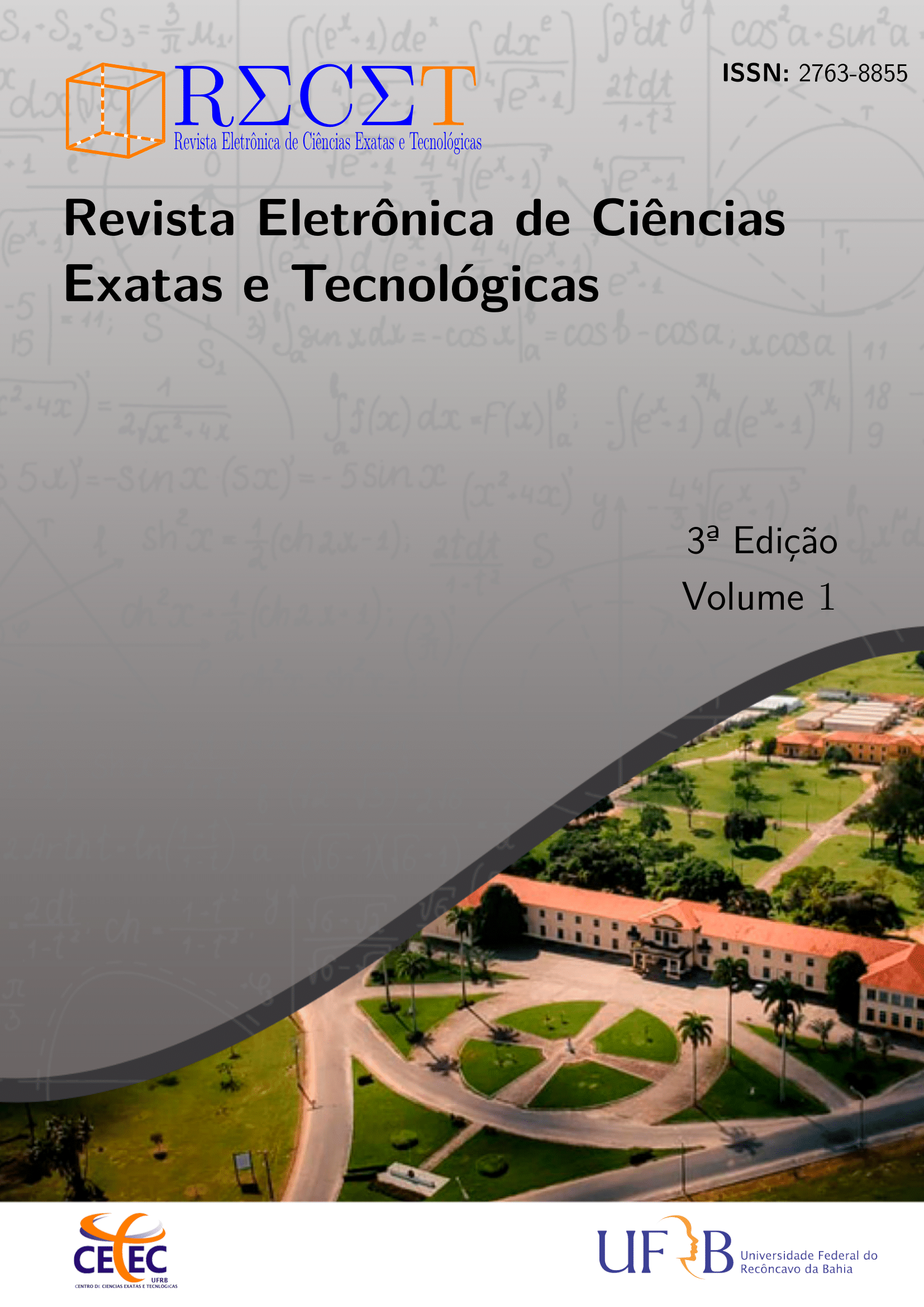Ensaio rápido para avaliar o potencial do extrato da flor de Caesalpinia pulcherrima na padronização de solução de HCl
Keywords:
Acid-base titration, pH indicator, Green ChemistryAbstract
Artificial indicators are toxic to the ambient. An alternative to minimize waste generation is the use of natural indicators, meeting the Green Chemistry. The aim of this work was to evaluate the potential of Caesalpinia pulcherrima flower extract in the standardization of hydrochloric acid (HCl) solution, in comparison with the artificial Methyl Red indicator, using a titrimetric technique. This acidic solution standardization procedure using natural indicator is pioneer and should be studied. Flower petals were macerated with PA 1:1 (w/v) ethyl alcohol, and the extract was filtered through a fiberglass filter and stored in a test tube wrapped in aluminum foil. Titration procedures were performed in triplicate, with artificial and natural indicator. The natural indicator was able to detect the end point of the titration of the HCl with Borax, showing the same pH (around 5.0) indicated by the artificial indicator. The colors observed at the beginning and end of the titration were, respectively, yellow and salmon pink with the use of methyl red and, yellow and light lilac with the extract of C. pulcherrima. Concentration results for HCl in the standard solution were similar to the natural indicator. Thus, using the C. pulcherrima flower extract evaluated in the standardization of strong acid solution (HCl) with the weak base (borax) is advantageous.
Downloads
Downloads
Published
How to Cite
Issue
Section
License
Copyright (c) 2022 Electronic Journal of Exact and Technological Sciences

This work is licensed under a Creative Commons Attribution-NonCommercial-NoDerivatives 4.0 International License.

RECET publications are licensed under Creative Commons (CC BY-NC-ND 4.0).
With this license, it is allowed to access, download (download), copy, print, share, reuse and distribute the articles as long as for non-commercial purposes and with the citation of the source, giving due credits of authorship and mention to the RECET Magazine.
By submitting articles to the RECET Magazine, the authors agree to make their texts legally available under this license. Commercial uses of material published in the magazine will only be allowed after written authorization from the magazine.





